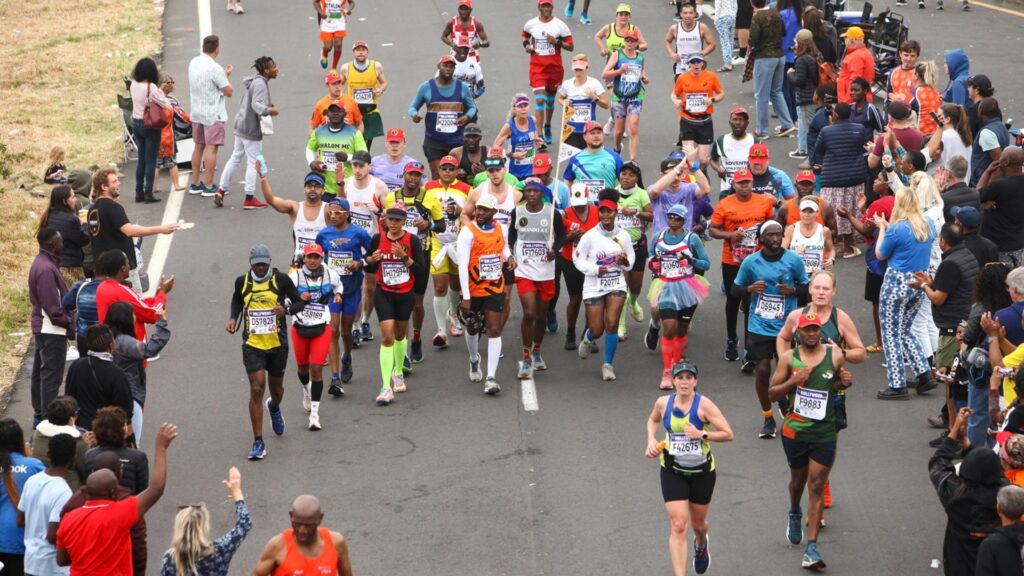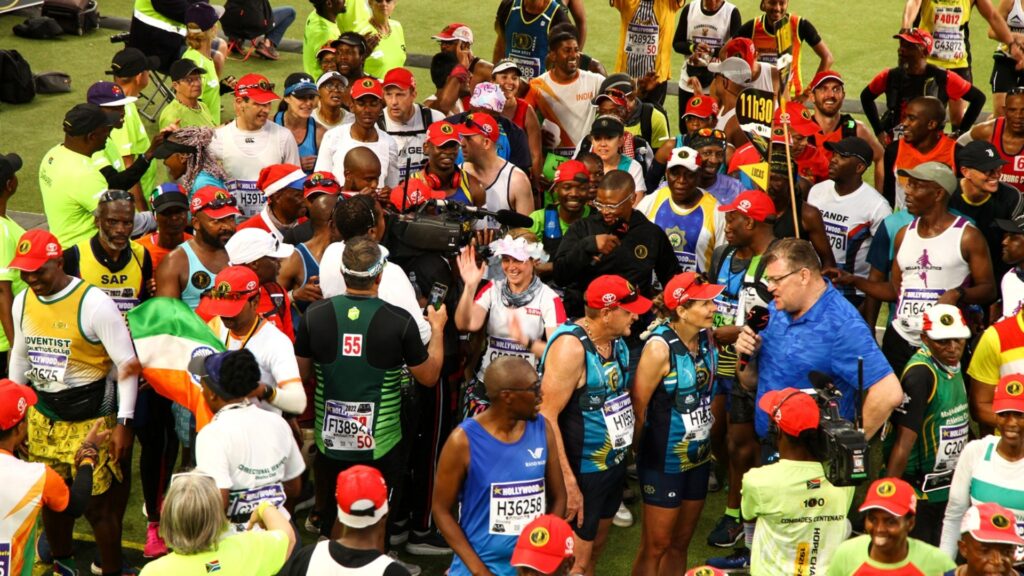After the immense effort and dedication put into running the Comrades Marathon, proper recovery is crucial to ensure your body heals and you come back stronger for future races. Here’s a structured plan to guide you through the post-Comrades recovery phase.

Week 1-2: Complete Rest
Take the first two weeks after the marathon to rest completely. This means no running at all. Allow your body to recover from the intense physical strain. Focus on getting plenty of sleep, staying hydrated, and eating nutritious foods to aid in recovery.
Week 3: Cross Training and Light Activity
In the third week, you can start incorporating some light cross-training activities. This could include swimming, cycling, or gentle yoga. These activities help maintain your fitness without putting additional strain on your legs. You can also begin some light gym work to keep your muscles engaged.
Week 4: Easy Jogging
During the fourth week, start with a few easy jogs. Aim for 20-30 minute sessions at a very relaxed pace. The goal is to ease back into running without overloading your system. Listen to your body and don’t push yourself too hard too soon.
Resuming Training
From the first of July, you can begin more structured training again. This phased approach ensures that you are well-rested and your body is adequately prepared for the demands of the next training cycle.
Remember, recovery is just as important as training. Proper rest allows your muscles to repair and strengthens your overall resilience, setting you up for future success. Embrace this period of recovery to recharge mentally and physically before embarking on your next running journey.
For those looking to get back into structured training programs, ensure you have a well-thought-out plan tailored to your next goal. Whether it’s another marathon or a specific medal time, a balanced training regimen will help you achieve your targets safely and effectively.

Why Fundamentals Form the Basis of a Good Recovery
Achieving a faster and more effective recovery is a common goal for many athletes.
While supplements like L-Glutamine can aid in the process, focusing on fundamental recovery principles is essential. Here’s how to distinguish different types of fatigue and ensure you’re covering the basics for optimal recovery.
Understanding Types of Fatigue
Normal Fatigue:
- Characteristics: You might feel tired at the start of a run, but after 10-15 minutes, your legs feel better, and you can complete your session without forcing the pace.
- Implication: This indicates typical muscle fatigue that resolves with a good warm-up and doesn’t persistently affect your performance.
Problematic Fatigue:
- Characteristics: Persistent tiredness throughout your runs, feeling bad at the start and not improving, and fatigue carrying over multiple days.
- Implication: This could indicate overtraining, poor nutrition, or inadequate sleep, necessitating a reevaluation of your recovery practices.
Fundamental Recovery Principles
1. Adequate Sleep:
- Importance: Sleep is critical for muscle repair and overall recovery. Aim for consistent, quality sleep each night.
- Tip: Prioritize a regular sleep schedule and create a restful environment to enhance sleep quality.
2. Proper Nutrition:
- Importance: Eating well supports muscle recovery and replenishes glycogen stores.
- Post-Exercise Nutrition: Within the first hour after high-intensity or long-duration exercise, consume carbohydrates and protein to kickstart muscle repair and glycogen replenishment.
- Daily Nutrition: Maintain a balanced diet rich in essential nutrients to support ongoing recovery and performance.
3. Sensible Training Load:
- Importance: Avoid overtraining by managing the intensity and volume of your workouts.
- Tip: Gradually build up your training load and include rest days to allow for adequate recovery.
Supplementary Recovery Aids
While focusing on sleep, nutrition, and training load are paramount, other aids can support your recovery:
- Massage: Helps alleviate muscle tension and improve circulation.
- Compression Garments: May reduce muscle soreness and aid recovery.
- Ice Baths: Can help reduce inflammation and muscle soreness.
However, these aids should complement, not replace, the fundamental recovery principles.

Adjusting When Necessary
If you find it challenging to maintain proper sleep and nutrition due to lifestyle constraints, consider adjusting your training load. Reducing the intensity or volume of your workouts can help prevent excessive fatigue and promote better recovery.
By focusing on the fundamentals of recovery—adequate sleep, proper nutrition, and sensible training load—you can significantly enhance your recovery process. Supplements and additional recovery aids can be beneficial, but they are not substitutes for these core principles. Pay attention to your body’s signals and adjust your training accordingly to maintain optimal performance and health.



Comments are closed.